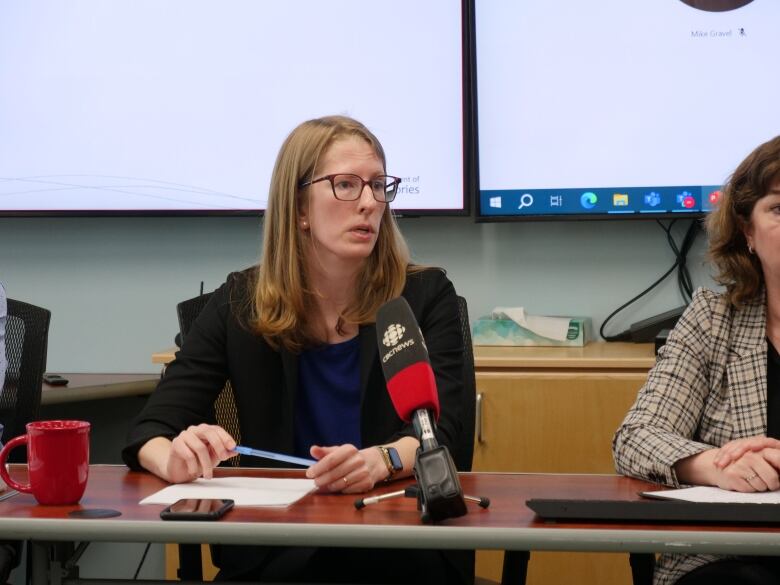N.W.T. updates its emergency plan ahead of 'high-risk season'
No major changes to plan before after-action review of last year's wildfires is complete

The government of the Northwest Territories has made some updates to its emergency plan ahead of the 2024 "high-risk season."
The plan, which hasn't been updated since 2018, is meant to be a living document that describes the emergency management framework in the N.W.T. and the roles and responsibilities of departments, governments and non-government agencies.
The updates are in response to recommendations from the government's 2021 Flood After-Action Review, lessons from the 2021 and 2022 flood seasons, and the 2023 wildfire season.
Communities also have their own emergency plans, separate from the territory's.
One of the most significant updates to the territorial planfalls under the reimbursementeligibilityfor local authorities during an evacuation.
Emily King, the territory'sdirector of public safety, said that when a local authority's capacity has been exhausted,commercial accommodations for evacuees can now be reimbursed by the government. Before, only "congregate lodging"could be reimbursed,she said.
"The intent there is to empower community governments to be able to form hosting plans for their population,"King said.
Other things that can be reimbursed for evacuees include transportation, overtime costs for employees providing essential functions, and food services at evacuation centres.
Gift cards, cash allowances and costs associated with damage to facilities cannot be reimbursed, King said.
The 70-page emergency plan is not, however, being significantly changed. That would require amendments to the legislation, which will be re-evaluatedwhen the territory's after-action review of the 2023 wildfire season is complete.
"Weexpect there will be more recommendations identified out of that," King said.

Communications updates
Another updated section has to do with communications, and a requirement for departments to implement their own communications tactics.
"Last year was really an outlier," King said.
It also clarifies how the government's communications team is structured and how the incident command team will communicate with communities.
The public alerting system, which was first introduced in 2018, will also be used again this year. King said another test of that system will take place in May.
It also saysthat departmentsshould create their own business continuity plans that outline how to continue service during an emergency, such asan evacuation.
It also clarifies the roles ofIndigenous governments who are the local authorities in their region, and those who aren't. Sonya Saunders, the assistant deputy minister of municipal and community affairs, said she is also working with Indigenous governments to improve communication around emergency response.
"We certainly have heard the concerns that they have expressed both during the evacuations last year and then subsequent to that," she said.
Surge staffing in an emergency
As wildfire and flooding season approaches, the territorial governmentis also bolstering its capacity to respond.
Kingsaid the territoryhas identified 95 employees across the government who can step in to support incident management teams during an emergency.
Those people have also received training, as have MLAs and cabinet ministers.
"That was a big issue last year," Kingsaid. "Pulling in enough staff from around the GNWT to staff up our incident management team. Big lesson learned."
Now, there is a database of staff thattheterritorycan pull from during an emergency.
King also said the department has done 11 workshops with communities since last year's high-risk seasonon how to prepare, and will do two more over the next two months.












_(720p).jpg)


 OFFICIAL HD MUSIC VIDEO.jpg)
.jpg)



























































































